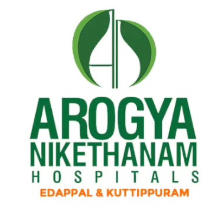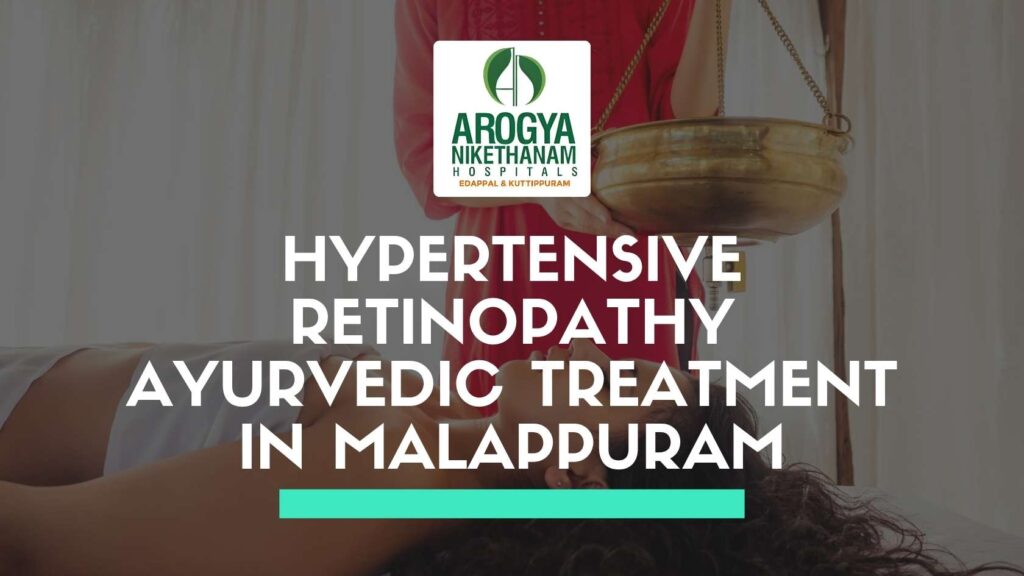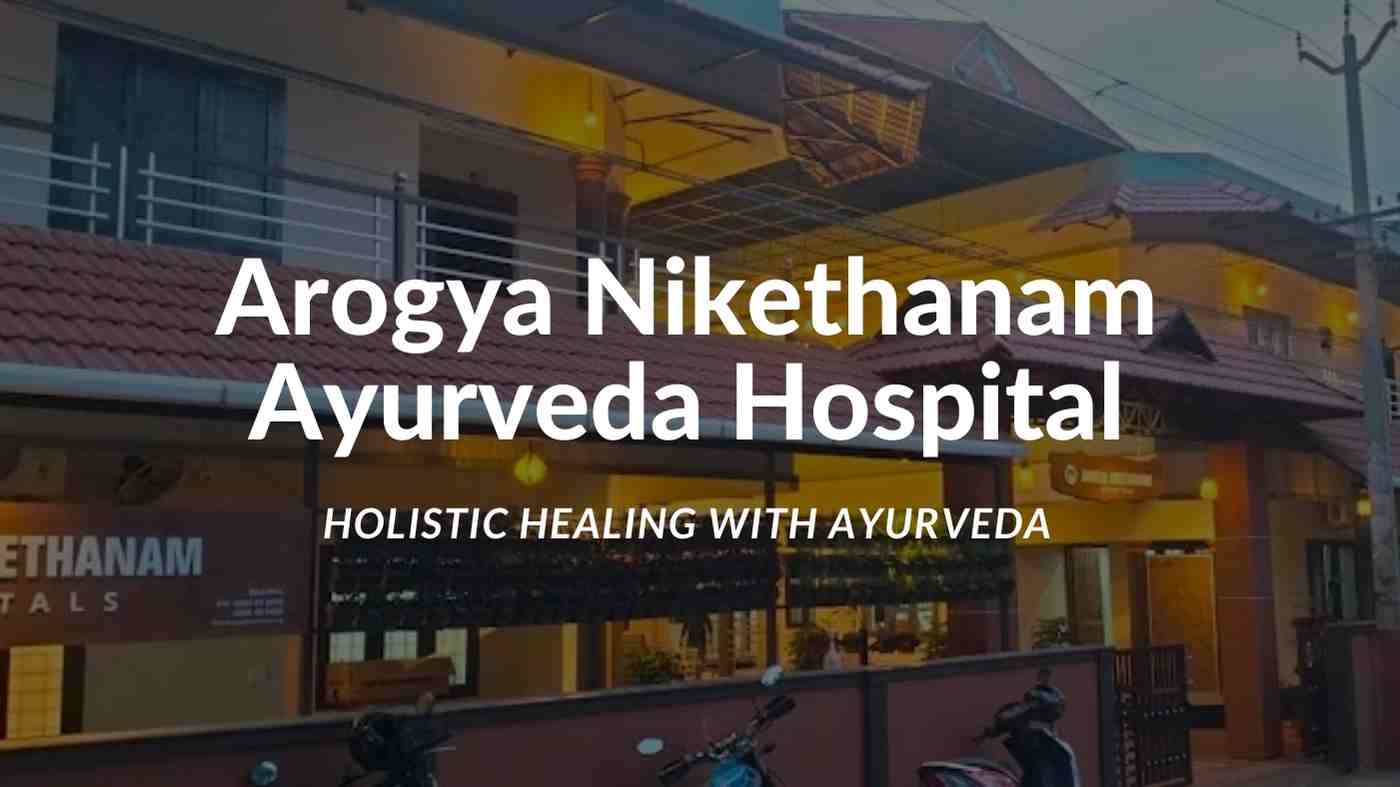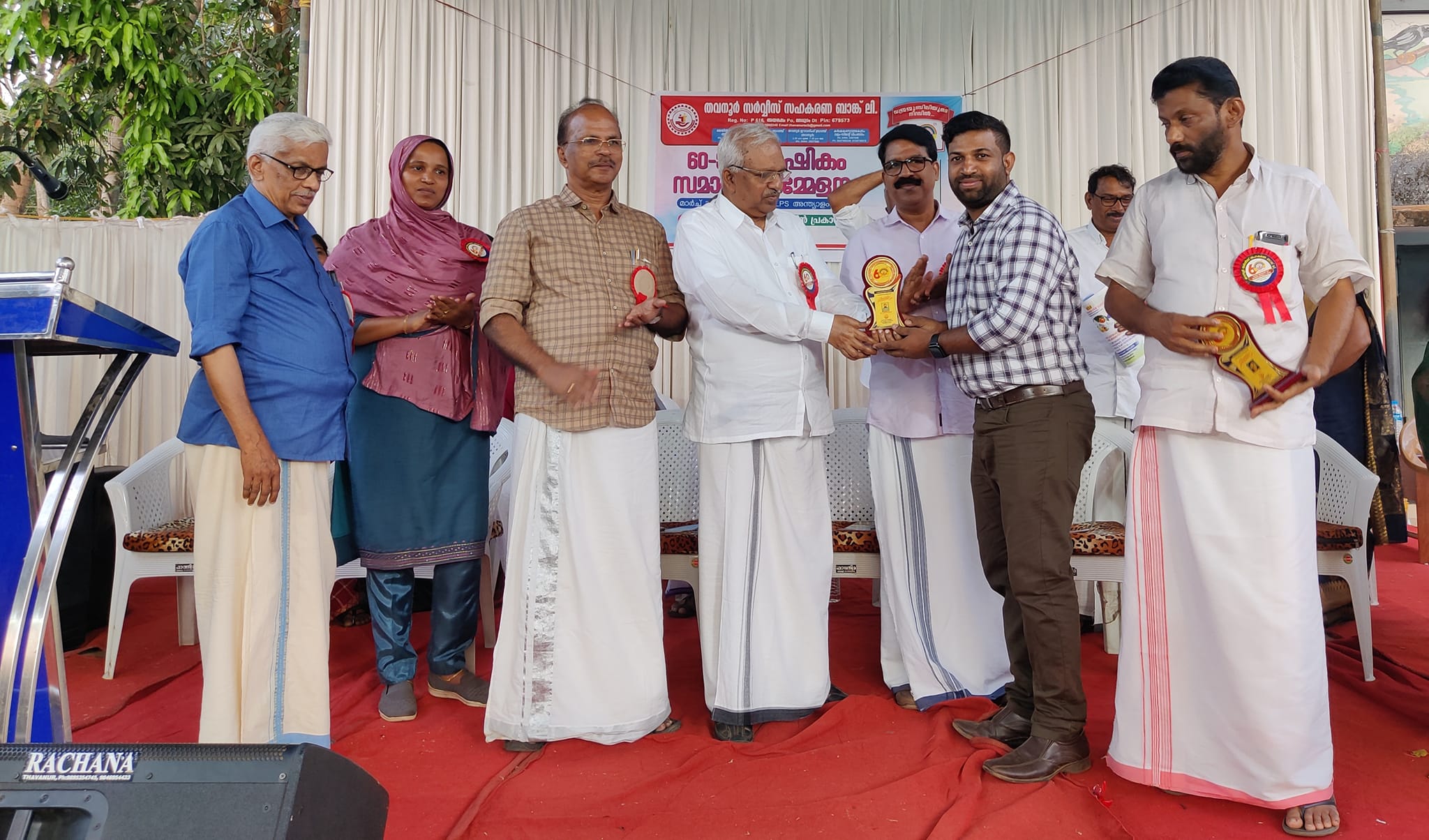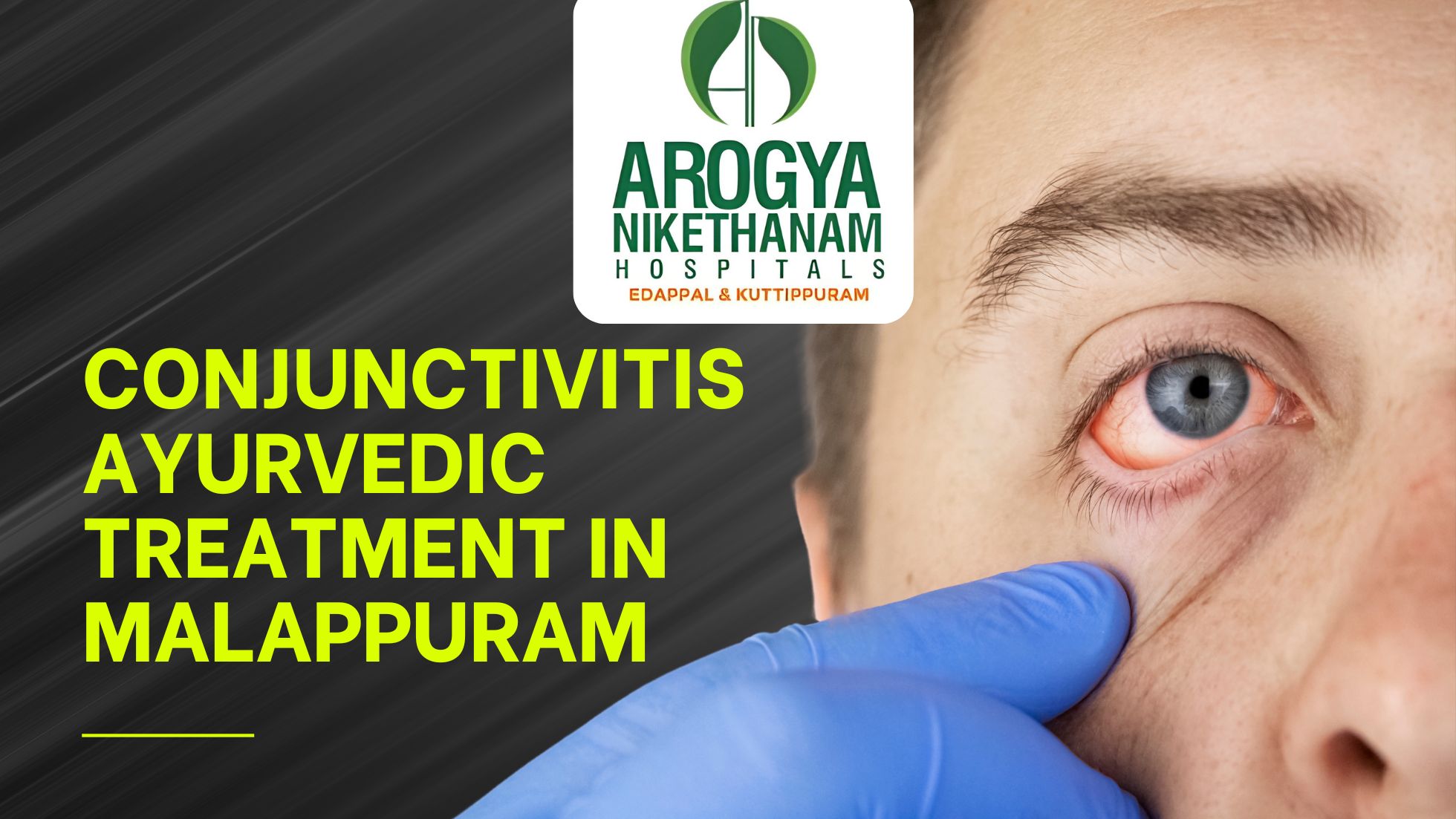Hypertensive retinopathy occurs when high blood pressure damages the tiny blood vessels in the retina, the light-sensitive layer at the back of your eye. Over time, persistent hypertension can lead to blurred vision, floating spots, headaches, or in severe cases, vision loss. Conventional treatments often focus on controlling blood pressure with medication, but many patients seek complementary approaches that address not just the symptoms, but the root causes of their condition. In Kerala’s lush, tranquil environment, Ayurveda offers time-tested remedies that work holistically to restore balance to your body, mind, and eyesight.
If you’re exploring natural options in Malappuram, Arogya Nikethanam Hospital stands out for its genuine commitment to authentic Ayurvedic practices. Nestled amid peaceful greenery, Arogya Nikethanam specializes in Panchakarma therapies, herbal medicines, and personalized wellness plans designed to help you achieve long-lasting ocular health. Read on to learn how their expert team develops customized treatment protocols, and discover real-life success stories from patients who have regained clearer vision and better quality of life.
Understanding Hypertensive Retinopathy through an Ayurvedic Lens
Ayurveda, the ancient Indian system of medicine, teaches that health depends on balancing three fundamental energies—Vata, Pitta, and Kapha. In the case of hypertensive retinopathy, an aggravated Pitta dosha often plays a central role, leading to excess heat and inflammation in the blood channels (Raktavaha Srotas). When these channels become constricted or overloaded, the delicate vessels in the eyes cannot function properly, resulting in the hallmark signs of hypertensive retinopathy.
Diagnosis in Ayurveda involves a combination of traditional techniques such as Nadi Pariksha (pulse examination), Netra Pariksha (visual inspection of the eyes), and Jarana (tongue analysis). By carefully assessing your doshic balance and noting signs like dry tongue coating or a rapid, bounding pulse, Ayurvedic physicians gain deep insights into both your eye health and overall constitutional state. This comprehensive evaluation lays the groundwork for a treatment plan that targets the underlying vascular disturbances rather than merely suppressing symptoms.
Holistic Treatment Modalities at Arogya Nikethanam
At Arogya Nikethanam Hospital, the journey to healthier eyes and balanced circulation begins with herbal medicines tailored to pacify Pitta and strengthen the heart’s function. Popular formulations include Arjuna (Terminalia arjuna) for cardiotonic support, Yashtimadhu (Glycyrrhiza glabra) to soothe inflammation, and Punarnava (Boerhavia diffusa) for its diuretic and detoxifying properties. These herbs work synergistically to improve blood flow, reduce cholesterol buildup, and protect delicate capillaries from further damage.
Complementing herbal therapy, Panchakarma interventions such as Raktamokshana (therapeutic bloodletting) help remove stagnant blood toxins, while Nasya—nasal administration of medicated oils—clears channels connected to the head and eyes. For patients with significant vascular congestion, Virechana (purgation) provides deep cleansing of Pitta toxins from the digestive and circulatory systems. A signature treatment, Netra Tarpana, uses a ghee-based compound enriched with Triphala to nourish the ocular tissues directly, boosting moisture and clarity in the retina.
Diet and lifestyle form the final cornerstone of care. Arogya Nikethanam’s nutritionists craft a sattvic meal plan featuring fresh fruits, leafy vegetables, whole grains, and cooling herbs like coriander and mint. Patients are guided to avoid spicy, fried, and processed foods that aggravate Pitta. Daily routines include gentle yoga asanas, pranayama practices such as sheetali and bhramari to calm the mind, and meditation sessions to reduce stress—a known trigger for blood pressure spikes.
Why Malappuram Is Ideal for Ayurvedic Healing
Malappuram district, with its verdant landscapes and soothing climate, provides the perfect backdrop for Ayurvedic treatment. Unlike urban centers where noise and pollution can undermine wellness efforts, Malappuram’s serene surroundings accelerate healing and enhance the benefits of Panchakarma therapies. Arogya Nikethanam Hospital harnesses this natural advantage, offering accommodation options that range from private cottages to shared cottages surrounded by endemic trees and medicinal herb gardens.
Accessibility is another advantage: well-maintained roads connect Malappuram to nearby cities, and both Edappal and Thavanoor branches of Arogya Nikethanam are easily reachable by train or bus. Local hospitality ensures that your stay is comfortable, with Ayurvedic kitchens on site and optional guided tours of the hospital’s herbal garden.
The Patient Journey: Step-by-Step
When you arrive at Arogya Nikethanam Hospital for hypertensive retinopathy treatment, you can expect a structured yet flexible three-week program. During the initial days, mild massages with medicated oils and herbal decoctions help prime your body for deeper cleansing. Between days four and seven, Raktamokshana sessions target accumulated toxins in the blood, followed by Nasya therapies that clear the channels leading to your head and eyes.
The mid-phase of treatment focuses on Virechana, a gentle but thorough purgation process, paired with Netra Tarpana to restore ocular nourishment. In the final week, rejuvenation therapies—collectively known as Rasayana—help rebuild tissues, bolster immunity, and reinforce the heart’s resilience. Throughout your stay, the medical team conducts daily check-ins on blood pressure levels and vision assessments, adjusting treatments based on your progress.
After discharge, you receive a personalized home care plan featuring herbal teas, eye exercises, and dietary guidelines to maintain the gains achieved during your residential program. Digital follow-ups ensure that any concerns are addressed promptly, and you remain on track toward optimal eye health.
Frequently Asked Questions
1. What is hypertensive retinopathy and how does Arogya Nikethanam Hospital address it?
Arogya Nikethanam Hospital treats hypertensive retinopathy with Ayurvedic therapies such as Panchakarma, herbal medicines, and dietary changes that reduce inflammation and restore balance in the body.
2. How long is the typical Ayurvedic treatment program at Arogya Nikethanam Hospital?
The usual program lasts between 14 to 21 days and includes detoxification, vision restoration therapies, and follow-up planning.
3. When can I expect to see improvements in my vision?
Patients at Arogya Nikethanam Hospital often notice improvement within 2–3 weeks, with continued progress over time.
4. Are there any side effects of Ayurvedic treatments for hypertensive retinopathy?
Side effects are minimal. Mild detox symptoms like fatigue may occur initially but subside quickly under expert care at Arogya Nikethanam Hospital.
5. Do I need to stay in Malappuram during treatment?
Yes, staying at Arogya Nikethanam Hospital in Malappuram is recommended for the best therapeutic results in a serene Ayurvedic environment.
6. Can Ayurvedic treatment replace conventional medications?
While Ayurveda can reduce dependency, changes to medications should be made only after consulting both your doctor and the experts at Arogya Nikethanam Hospital.
7. What dietary recommendations are given during treatment?
Arogya Nikethanam Hospital recommends a Pitta-pacifying, sattvic diet rich in fruits, greens, and whole grains to support healing.
8. Is Netra Tarpana safe for older adults?
Yes, Netra Tarpana is safe for seniors and is customized by Arogya Nikethanam’s doctors to nourish and rejuvenate the eyes safely.
9. How is progress monitored during the Ayurvedic treatment?
Daily checks on blood pressure and vision, along with pulse and dosha assessments, help Arogya Nikethanam Hospital track and adjust treatment.
10. Is post-treatment follow-up available?
Yes. Arogya Nikethanam Hospital offers home-care plans and digital follow-ups to ensure long-term wellness after treatment.
